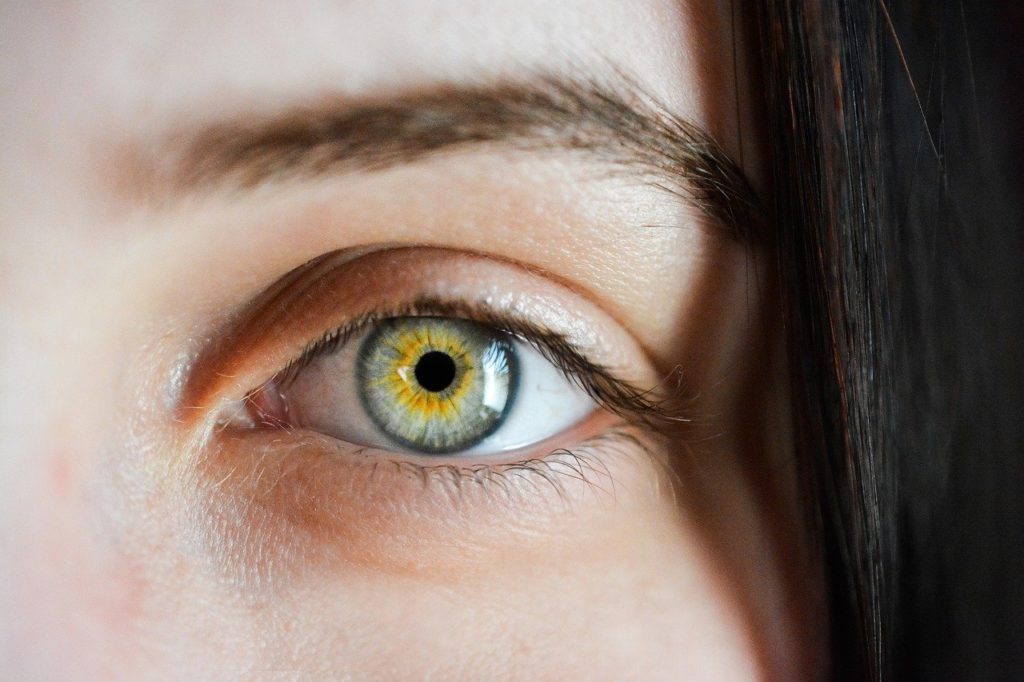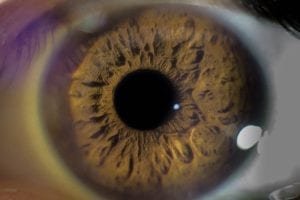According to a recent article, a study has shown that keratoconus patients who do not get their timely corneal crosslinking will have permanent changes in their corneal structure.
Keratoconus is a disorder affecting the cornea of the eye. It is characterized by progressive thinning of the cornea, often resulting in a conical bulge toward the center of the eye.
Symptoms:
Keratoconus typically affects both eyes, though the disease may progress in different rates in each. Symptoms tend to begin around the ages of 10 to 25 and may last 10 years or longer. The most common and earliest symptoms are blurred vision, and increased sensitivity to light. People affected by keratoconus may also notice a frequent need to update their eye prescription, and may also experience sudden worsening or clouding of their vision.
Treatments:
A wide variety of treatments exist for keratoconus depending on severity. Treatments range from corrective eyeglasses or lenses, to surgery, implants, and transplants.
The Study
The study was presented by Gloria B. Chiu, FAAO, FSLS, who created a poster (“Impact of Delayed Corneal Crosslinking in Keratoconus Patients) alongside her colleagues at the USC Roski Eye Institute in Los Angeles, that was presented at the ARVO (The Association for Research in Vision and Ophthalmology) 2022 Annual Meeting.
The poster displayed data from three patients, all of whom were diagnosed with keratoconus and were unable to have their corneal crosslinking in time for one reason or another.
The Patients
The first patient that the poster presented was of a 26-year-old female whose left eye was affected more severely than her right. Her left eye also was found to have striae. The patient was referred for crosslinking, however, her insurance did not cover it, making her unable to have the treatment. Despite her getting scleral contact lenses that helped her to see better, her disease progressed, and it was not long before she had developed scarring in her eyes. When she was finally able to meet with her doctor again, the patient had scarring in both of her eyes and her glasses were non-functional at this point.
The next patient the study looked at was a young Caucasian male who had a moderate form of keratoconus and regularly wore RGP contacts. Between 2017 and 2020, his disease had a major progression with the right eye having central corneal scarring. Immediately he was recommended for crosslinking and he was able to have the procedure done in both of his eyes. Despite his being able to have this procedure done, doctors were disappointed he could not have had it done sooner, because earlier treatment would have yielded better results. The patient was found to have steeping in his corneal topographies despite his treatments. Unfortunately, the pandemic made it harder for the patient to keep up with his doctors.
The final patient the poster presented was a slightly older man. At 44-years-old, the patient had significant ocular allergies, floppy eye lid syndrome, and he had a tendency to rub his eyes. With all of this, doctors decided to refer him to crosslinking. In this case, the patient only had to have crosslinking in his left eye, as his right eye showed no scars. He ended up with sclera lenses, and after getting these lenses cared for, doctors found that his right eye showed slight changes. The patient now showed scarring in his right eye that he had not previously had, leading him to be referred to crosslinking yet again. However, the patient had changed his insurance coverage which changed the cost of the procedure despite the fact he had already had it done before. This insurance change complicated the timeline slightly for the patient.
Conclusions:
The poster demonstrated the struggles of just three of many keratoconus patients who deal with permanent corneal structure changes due to being unable to get their crosslinking procedure done in time. There are various reasons why patients cannot get their crosslinking done in time, including issues with insurance, unable to make time to come in for their follow-ups, and even the COVID-19 pandemic. It is vital to a patient’s wellbeing that they get the procedure done before advanced signs start creeping in. The longer they go without the crosslinking, the more advanced their condition becomes, and therefore their eyes undergo permanent changes.
The purpose of the poster is to emphasize how important it is for medical professionals to initiate crosslinking as soon as possible in patients that are good candidates. In particular, young patients, people who tend to rub their eyes, and people with ocular allergies, are all good candidates for earlier crosslinking. Moving forward, medical professionals are hopeful that some of these delays with subside, allowing for earlier treatment.








